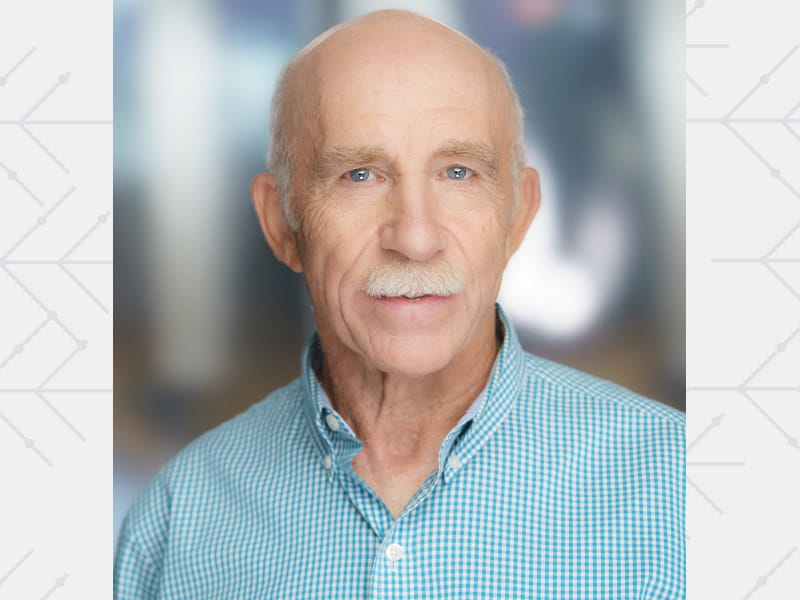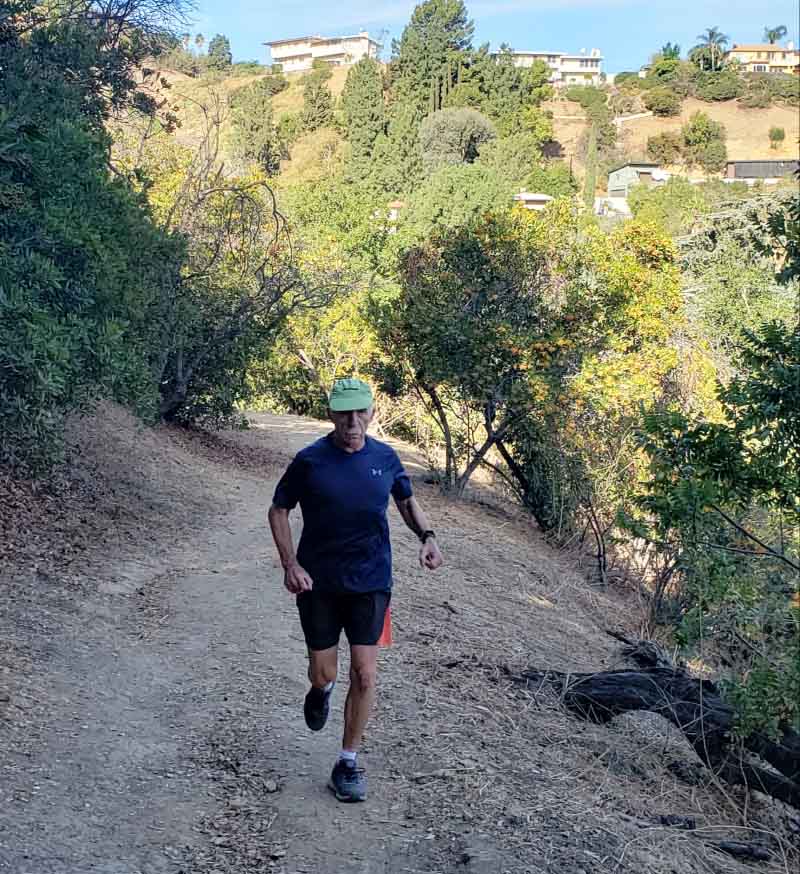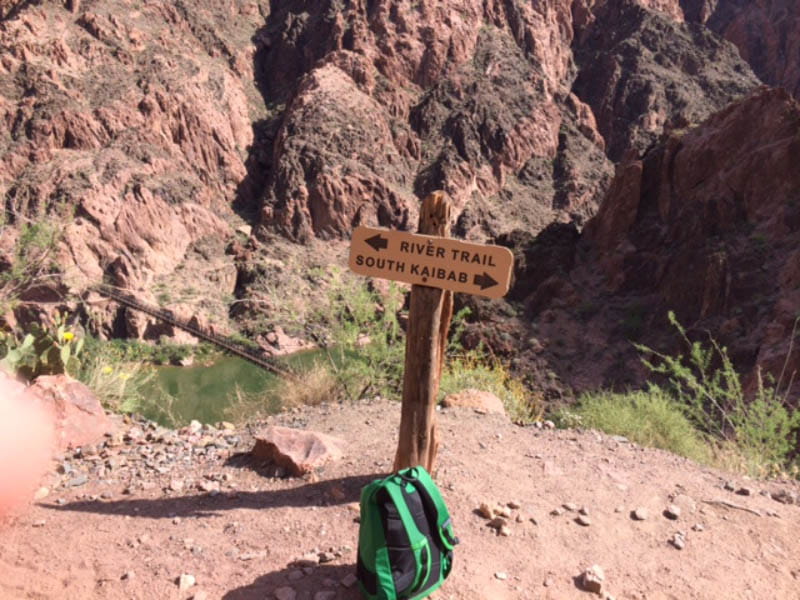After a heart attack, he ran a 17-mile trek through the Grand Canyon – twice
By Tate Gunnerson, American Heart Association News

During what should've been an easy walk with his wife, Rick Mater found himself winded. It made little sense to him.
The TV executive was in his 40s, active, didn't smoke and maintained a healthy weight. Still, he considered this a sign that he should exercise more. So the former high school miler and cross-country runner pulled out his shoes and began running on the mountain trails near their home at the foot of the Hollywood Hills in Los Angeles.
The exercise helped his stamina. Then came the day, years later, when he felt faint while walking up the stairs. He considered seeing a doctor. Yet he also thought about his mom dying from heart disease.
To some, the combination might be reason to see a doctor right away. Mater, however, was "freaked out."
"I wanted to avoid unpleasant news," he said. "So I ignored it."
Months later, during one of his regular 3-mile runs, a sensation in his chest forced him to stop. Mater, 59 at the time, knew this was a heart attack and he wasn't about to ignore it.
Tests found that the main artery in his heart was 100% blocked. The cardiologist said he would attempt a non-invasive procedure to insert three stents to open the blockage. However, if that didn't work, Mater would need open-heart surgery.
The stents were all he needed at the time. (Years later, he received a fourth stent.)

Mater recovered so quickly that within a month, he was running again. And not only was his heart working better, he also found himself marveling at the beauty of the trees, flowers and wildlife in a way he never had before.
"It's almost like a heightened reality where you see the world in a whole other way," he said.
His cardiologist at the time, however, advised him to hang up his running shoes. So he sought a second opinion from another cardiologist, Dr. David Sato. They agreed that Mater would limit runs to no more than 10 miles.
"We know that patients who do extremely high levels of exercise, like marathon runners, may be at greater risk for cardiac events, so you want to be cautious about that," Sato said. "I think most cardiologists would suggest to their runners that they not overdo it because of that potential risk."
After a few years of keeping his promise, Mater was hiking through the Grand Canyon when he came up with a new challenge. He wanted to run from the top to the bottom and back, a grueling 17-mile roundtrip.
Mater trained by running to the peak of Mount Wilson in the San Gabriel Mountains. "It mirrors the distance from the Colorado River Gorge to the Grand Canyon's South Rim," he said.
Sato was uncomfortable with his plan, urged caution and advised Mater to drink plenty of water and pay attention to his symptoms if he decided to proceed.
This was in June 2012, five years after receiving his stents.
He left before sunrise to avoid the heat, flashlight in hand. His goal was to complete the trek in six hours or less. It took 6 hours, 40 minutes. He tried again the next year. And he made it with six minutes to spare.
"It was exciting, challenging and humbling," he said, describing it as a spiritual experience.

In 2016, Mater collapsed. Doctors determined he had an irregular heartbeat. He received an implantable cardioverter defibrillator, or ICD, a device that monitors his heart's rhythm and can correct it if anything goes wrong.
"Anybody who has underlying coronary disease or who has had coronary events may have scar tissue in their hearts, which may predispose them to arrhythmias," Sato said. "Despite the fact that he is burdened with family history and has longstanding coronary artery disease, he's done extremely well, and I think that has a lot to do with his physical fitness."
On his rim-to-river roundtrip, Mater felt humbled by the Grand Canyon's natural beauty and the history of how it was formed. That magical feeling sparked him to finish a novel he'd been working on for years and to write a memoir about running the Grand Canyon that was published last year. His message? "If you have the drive and desire for something, then go for it," he said. "Life is about moving forward."
Stories From the Heart chronicles the inspiring journeys of heart disease and stroke survivors, caregivers and advocates.





